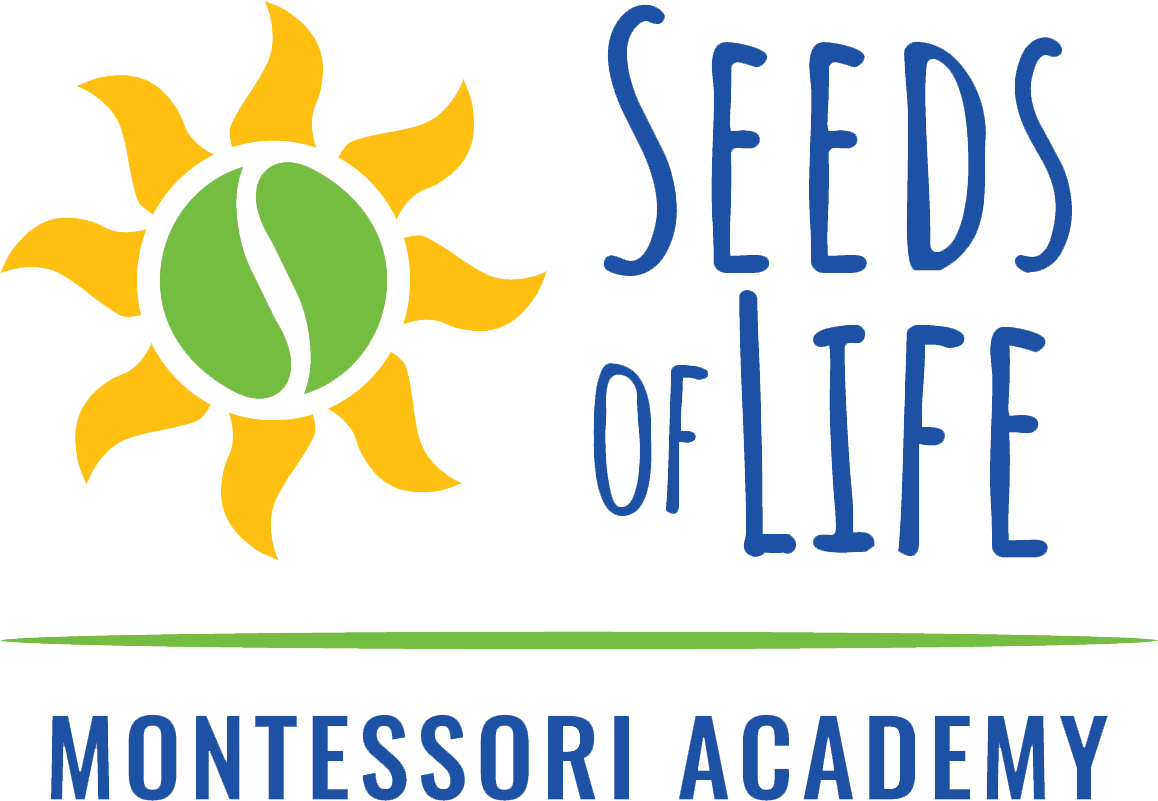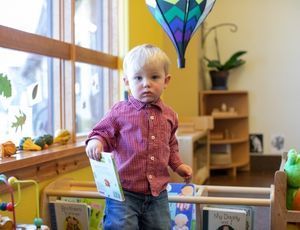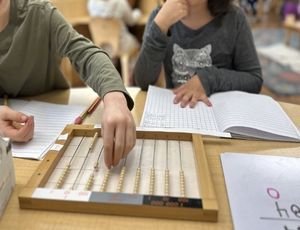
How often have our little ones run up to us to spill forth their grievances about other children? Sometimes, these reports are about broken rules. Sometimes, they are about hurt feelings. Sometimes, they may even be attempts to get others “in trouble.”
In these moments, we have a split second to determine how best to respond. And our response matters!
Underlying Issues
When children come to an adult to tattle, typically they are trying to figure out the rules, both explicit and implicit, as well as how those rules are enforced. Which rules are critical? Which rules can be bent or broken? When should someone intervene?
Although those “tattle” moments can feel annoying, it can help to remember that there are probably a dozen or more other times when they didn't come to an adult. Coming for help can be because they reached the point of enough is enough. In this case, the "tattling" is really a plea for help.
We can remember that children are in the process of creating their value system, and this is especially so for elementary-aged children who have a heightened sense of justice and are often acutely attuned to what is or isn’t fair.
Children who are regularly tattling, are usually those who need support with figuring out the intricacies of rules and which are the most important. Children who have clarity about this are more likely to just remind a sibling or classmate about the rule.
If we reframe how we think about a tattler, we can see that child as asking for affirmation or clarification, or even just a clear understanding of the consequences of breaking a rule.
Reframing Our Response
If we reframe tattling as a request for help, our response can shift accordingly: "It sounds like you really need some help with this. What can I do to help?" Or "I hear that you are feeling very frustrated with Jackie. Let's go talk to her.”
It’s important that we don’t just dismiss children by telling them to go work it out on their own. The reason they have come to you is for some help.
That being said, if children are seeking retribution or punishment for another, we have a good opportunity to help guide them through another approach. Maybe the two children aren't getting along for some reason and they need some support to repair their relationship.
A Step-by-Step Approach
- First, take a moment to try to determine the intention behind the tattling. One way to slow down the process is to make an observation and restate the concern: “So you are upset that…” or “You are concerned about…”
- We also want to acknowledge children’s feelings and need for help: “Theo, it sounds like you need some help resolving this with Tristan. Let’s go talk to him together.”
- We can then facilitate a structured conversation between the children. For the most success, we want to ensure the conversation happens in a calm, neutral setting. Then we can encourage each child to express their concerns: “Theo, can you explain to Tristan what happened that upset you?”
- It helps to remind both children to truly listen to each other and to ask the listener to repeat what they heard in their own words: “Tristan, what did you hear Theo say?”
- In this process, we can help explore the root of the issue and see if there were any triggers that led to the unwanted behavior: “So I wonder what happened prior to Tristan throwing a stick at you. What could have caused him to want to do that?”
- It’s important to allow both children to express their perspectives and repeat back what they heard.
- We can also encourage the children to think critically about their motivations to guide everyone toward a resolution. Try questions like:
- “What do you think I should do here?”
- “What do you think should happen next?”
- “What would help resolve this?”
In asking these kinds of questions, we are helping children consider their own motivations as well as how to make amends. This can help bring to light if they are seeking punishment or truly need help resolving the issue.
Children are also very sensitive to whether we are maintaining adult neutrality. Even if one child seems “more guilty,” we want to avoid taking sides so that the process is focused on understanding, communication, and relationship repair.
Helping Children Distinguish Between Tattling and Telling
Over time, we ultimately want children to build the skills to independently resolve conflicts, uphold expectations, and know when to get help for serious issues. As children develop trust in the fact that adults can be counted on to help as they form their own value systems, we can introduce them to the difference between tattling and telling.
What is Telling?
Reporting serious concerns (safety, harm, or bullying).
Seeking help when there is a genuine need for an adult’s intervention.
Example: “Someone is hurt,” or “I saw something dangerous.”
What is Tattling?
Seeking attention.
Trying to get someone in trouble.
Reporting minor issues that could be resolved independently.
Example: “She took my pencil!”
Feel free to download this visual guide to use as a discussion tool with children. It’s important to acknowledge that children often struggle to distinguish between tattling and telling. But with support, time, and intentionality, children can learn! They may even want to add to the list as they experience different instances of tattling or telling.
We want children to learn that safety and well-being are priorities while also empowering them to be able to problem-solve when issues arise. The goal is for children to recognize when an issue requires an adult’s help and how they can take responsibility in social situations. As adults, we can model empathy and accountability in this process.
We also invite you to visit our school to see Montessori conflict resolution strategies in action!




